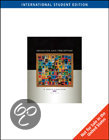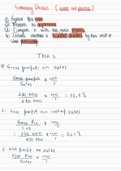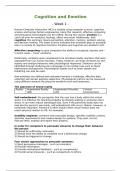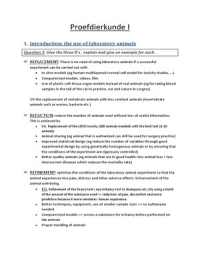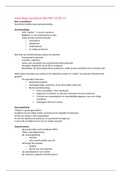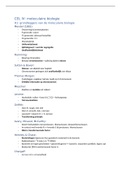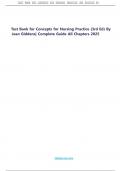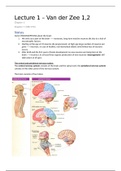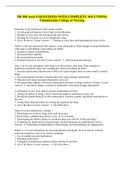Problem 7: Changes in your environment
Literature: Goldstein, Wolfe
General:
- First order motion = motion of an object that is defined by change of luminance
- Second order motion = motion of an object that is defined by change of texture/contrast
Functions of Motion perception:
Understanding of events in our environment
- Gestures by other people
- Changes in environment
- Determine what is happening
- Important for ability to move around (to navigate safely: speed of motion, flow of objects around us)
- Optic flow = when environment seems to flow in the opposite direction when an individual is moving forward
- Includes information about subtle actions too (e.g. pouring water)
- Motion agnosia = inability to perceive motion (pouring water was difficult)
o Couldn´t see people/objects approach → things randomly appear/disappear
Motion attracts attention
- Attentional capture = ability of motion to attract someone´s attention
o No need to focus; attention can be captured by periphery
- Animals freeze because no movement makes them harder to find
Information about objects
- Movement perceptually organizes (e.g. camouflaged bird demonstration)
- Motion constantly adds information to objects
- Observers perceive objects quicker and more accurately when object is moving
Studying motion perception
When do we perceive motion?
- Real motion = actual movement of an object (e.g. car passing, people walking)
- Illusory motion = perception of motion even though there is none
- Apparent motion = stimuli in slightly different locations switch with correct timing → seeing object move
smoothly (e.g. light sign)
- Induced motion = motion of larger, nearby object makes smaller, stationary object seem like it is moving
- Motion aftereffect (MAE) = looking at moving stimulus for 30s-60s then stationary object looks like it is moving
o Waterfall illusion = staring at waterfall → looking at surrounding objects. They seem to move upward
Real vs. Apparent motion
- Experiment (Larsen et al., 2006)
o 3 conditions (1. Control; 2. Real motion display; 3. Apparent motion display)
o Brain activation in 2. and 3. is similar
Implied motion
- Picture shows “freeze frame” of an action → continues “playing” in observer´s mind (=representational
momentum)
o Example of experience influencing perception
Second-order motion
- Example: black and white dots (looks like barcodes) appear to be moving because a bar is shifting over the code
while the dots remain stationary
o Nothing actually moves; just inversion of colors
- Shows: no discrete matching of objects across frames needed to perceive motion
Computation of visual motion
- Based on Werner Reichardt´s (1950s) simple motion detector model.
o Most perception models are an elaboration on his theory
- Receptive field (A) then reaches receptive field (B)
- Motion detection cell (M) listens to (A) and (B)
o Doesn’t simply add excitatory inputs from (A) and (B)
(wouldn’t be able to distinguish between small bug passing or one big fat bug covering both receptive fields)


